FLAG DAY AND HISTORY MADE IN IWO JIMA
- By Stavros Atlamazoglou
Share This Article

Flag Day is an annual holiday celebrated on June 14. Established by President Woodrow Wilson in 1916 to celebrate the centenary of the creation of the American flag, Flag Day is usually celebrated with parades and festivities across the country.
But for the troops, Flag Day, and particularly the American flag, has a stronger meaning. For example, today, troops on combat deployments often carry folded American flags on their person when going out on missions, hoping that one day they will be able to raise that flag over their home and remember. Because folded flags are presented to the next of kin of the fallen, carrying the flag also offers a somber reminder of the risk inherent to combat.
This close connection between troops and the American flag is perhaps best displayed by the historic raising of the American flag in Iwo Jima.
On February 23, 1945, during the initial stages of the Battle of Iwo Jima, a group of six U.S. Marines made history when they raised the American flag on top of Mount Suribachi, the island’s strategic feature and a bulwark of Japanese defenses.
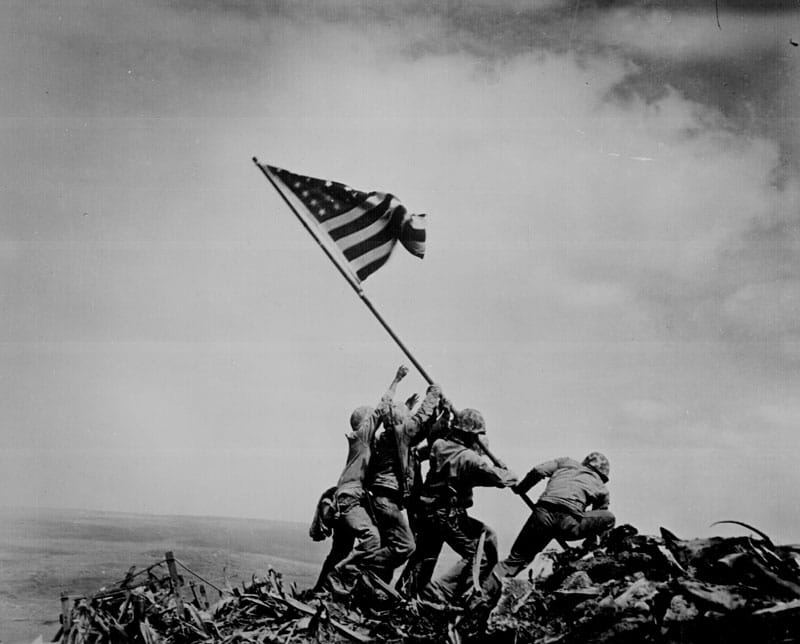
The Battle of Iwo Jima was one of the most brutal in the entire war in the Pacific and lasted for 36 days. U.S. troops suffered more than 26,000 killed or wounded, while the Japanese defenders lost approximately 21,000 troops, the devastating majority of them killed.
Taken by Joe Rosenthal of the Associated Press, the photograph was published two days later in the Sunday edition of major American newspapers and quickly became a cultural phenomenon, getting republished by thousands of publications throughout the country and abroad. Rosenthal won the Pulitzer Prize for Photography. The Associated Press decided to make the photograph open-source and relinquish any copyrights, allowing the image to be published far and wide.
An American flag had already been raised moments before but was taken down because it was too small. Marine commanders wanted something bigger that could be seen from across the island. What, then, Rosenthal captured and made into history was the second attempt to raise the flag.
The Marine brass was right, and the flag had an almost immediate effect on the morale of the troops.
“Even after dark the artillery shells would go off, and by the flash you could see that flag up there, still waving. Still standing,†Jack Thurman, a Marine sharpshooter who was there when the flag was raised, later recalled.
“I couldn’t help but think of Fort McHenry and “The Star-Spangled Banner.” The bombs bursting in air really did give proof through the night that our flag was still there.
The image became so iconic that the Marine Corps used the scene it captured for its War Memorial the branch erected in 1954. Located in Arlington, Virginia, the Marine Corps War Memorial is dedicated to all the Marines who have given their lives since 1775. The U.S. Government was faster to capitalize Rosenthal’s historic photograph by issuing a seventh war bond featuring the image.
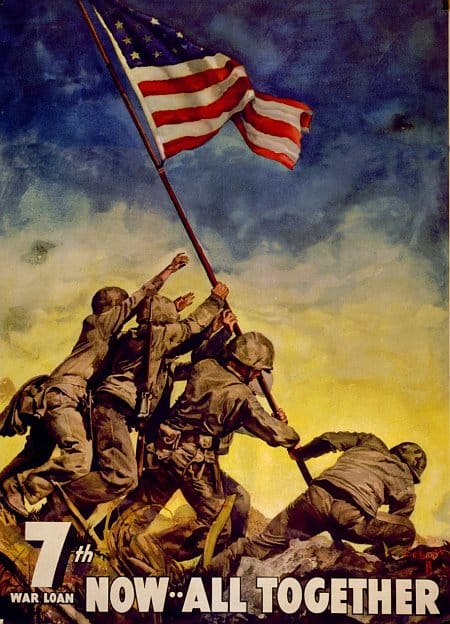
But besides the propaganda purposes the famous photograph served, it was a huge morale boost for the folks back at home who had been accustomed to reading casualty lists on the newspapers and watching combat footage on the newsreels.
It is important to understand contemporary circumstances. Although the end of the six-year global conflict was a few months away, people at the time didn’t know that. The U.S. military was running out of islands to hop on in the Pacific, and mainland Japan was coming closer.
Operation Downfall, the plan for the invasion of mainland Japan, accounted for over 1 million U.S. casualties in its planning. Once on the mainland, American troops wouldn’t be facing just the Japanese soldiers, but the whole Japanese population, including old people, women, and children who were unlikely to yield to invaders.
In the fierce battles in Okinawa and Iwo Jima, the first Japanese islands to be captured, the population willingly or forcibly contributed to each island’s defense and even participated in the infamous Banzai suicide attacks, where waves upon waves of Japanese attempted to overrun an American position through sheer numbers.
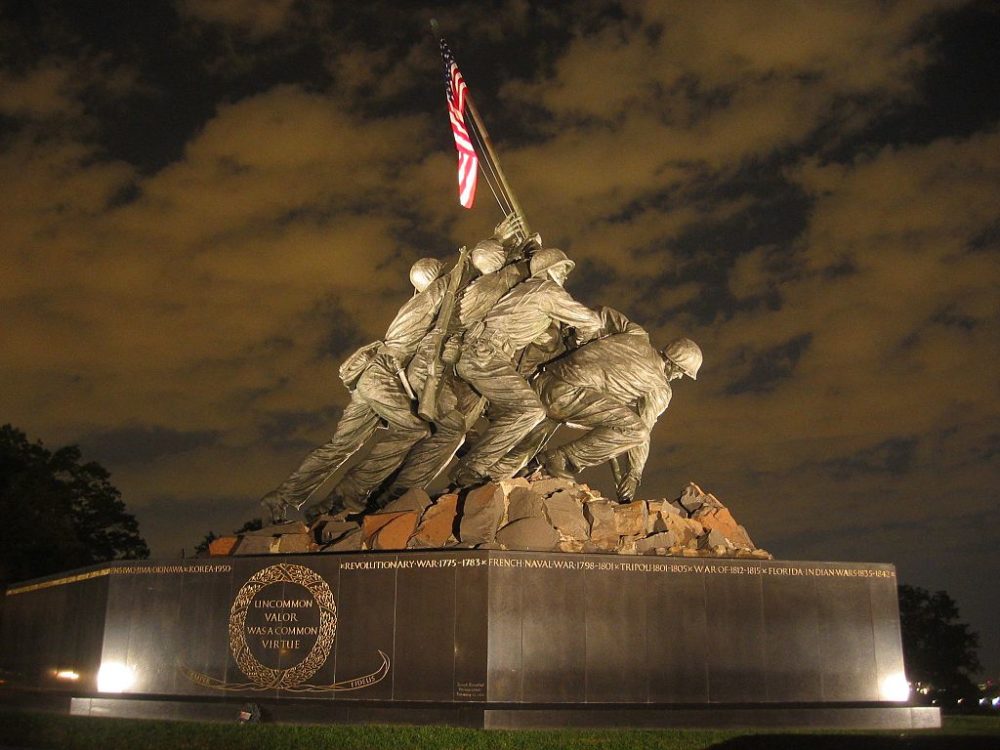
In the end, the atomic bombs in Hiroshima and Nagasaki precipitated Japan’s surrender, and Operation Downfall was put on the shelves. There was no dramatic flag-raising over Tokyo, and Japan is today one of the closest U.S. allies in the region.
But if there is a moment in history that captured the meaning of Flag Day, it has to be that early winter morning in Iwo Jima.
Related Posts
Sandboxx News Merch
-

‘AirPower’ Classic Hoodie
$46.00 – $48.00 Select options This product has multiple variants. The options may be chosen on the product page -

‘Sandboxx News’ Trucker Cap
$27.00 Select options This product has multiple variants. The options may be chosen on the product page -
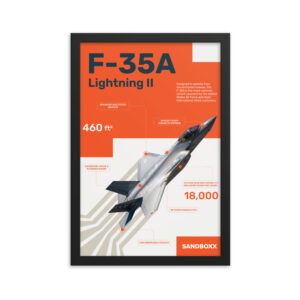
F-35 ‘Lightning’ Framed Poster
$45.00 – $111.00 Select options This product has multiple variants. The options may be chosen on the product page
Stavros Atlamazoglou
Greek Army veteran (National service with 575th Marines Battalion and Army HQ). Johns Hopkins University. You will usually find him on the top of a mountain admiring the view and wondering how he got there.
Related to: Military History
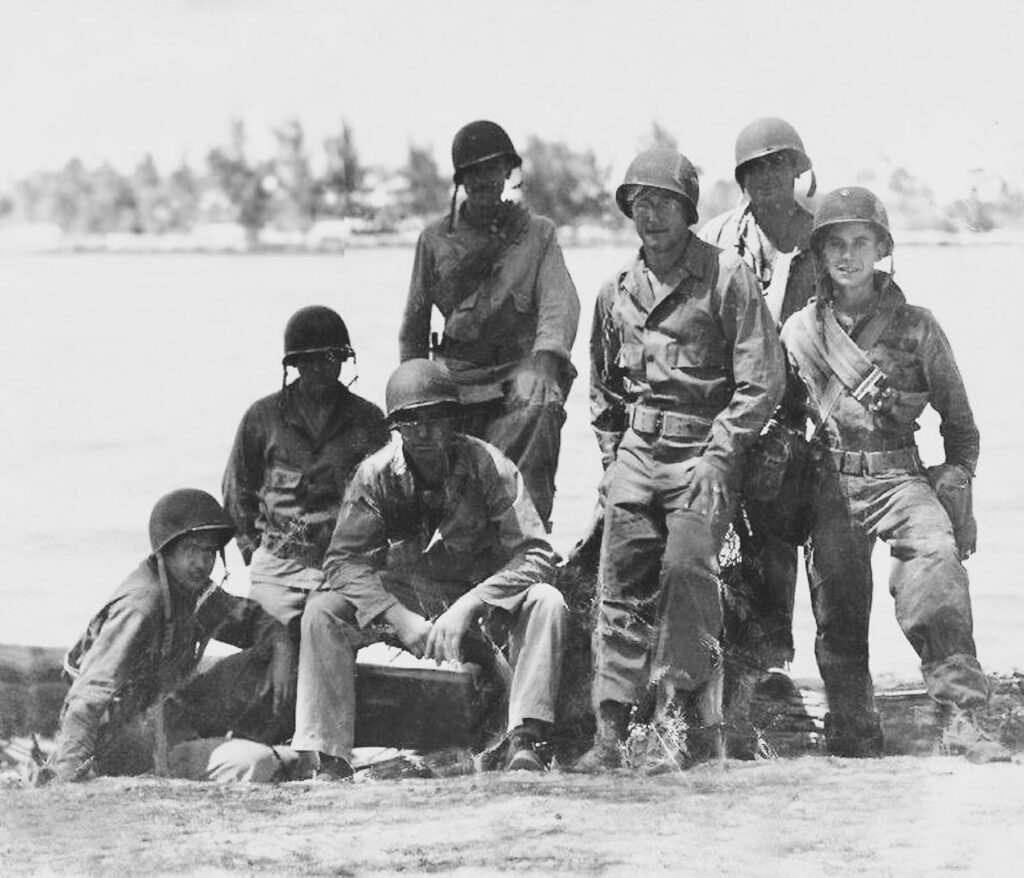
Before the Navy SEALs came the Underwater Demolition Teams
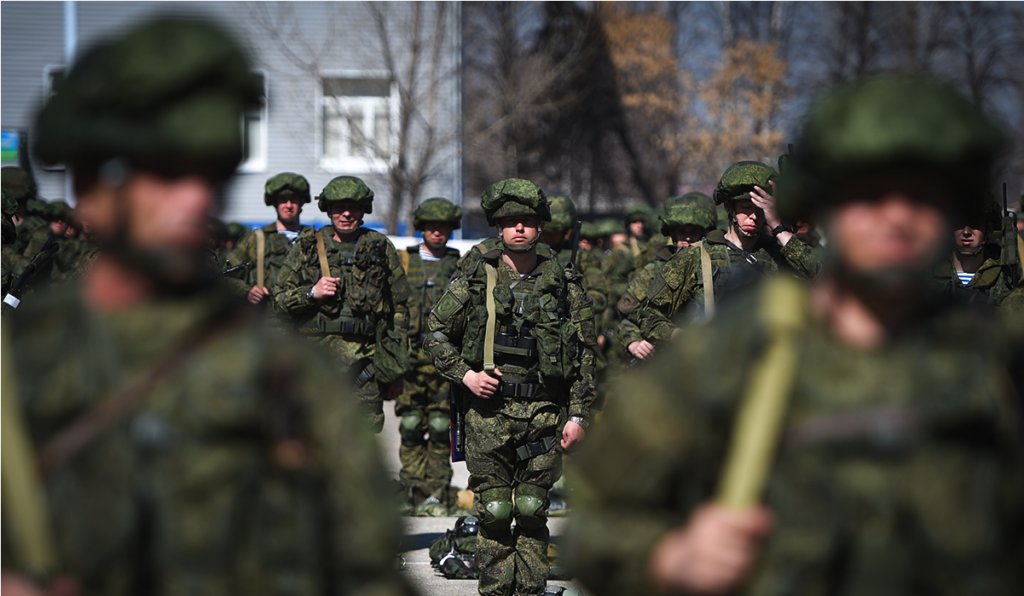
US is freezing military aid to Ukraine – and that will help Russia
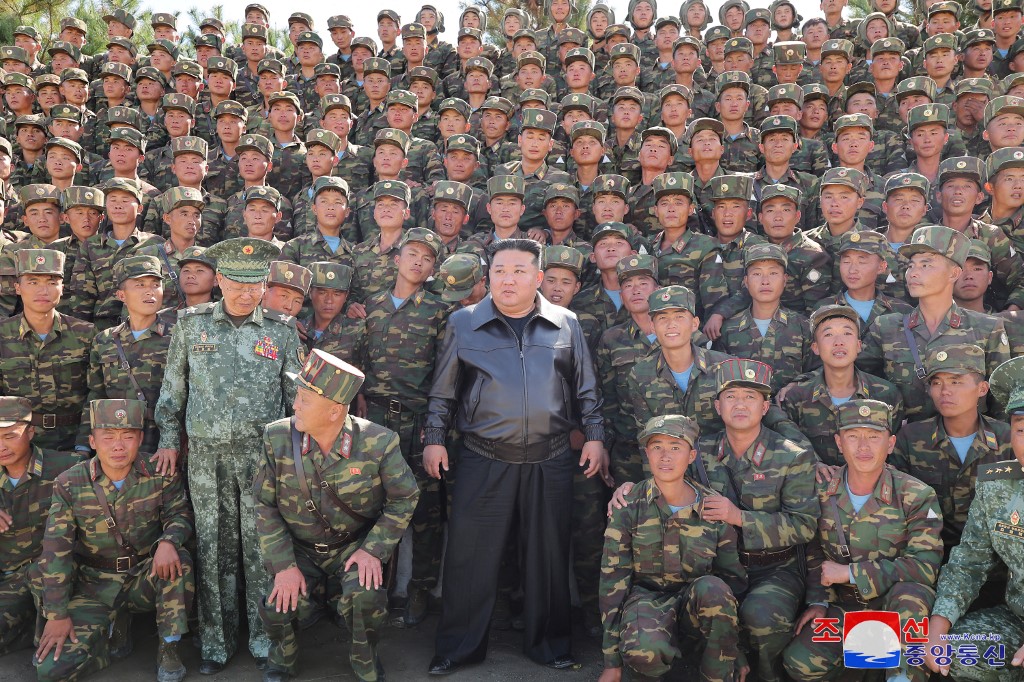
North Korean troops in Ukraine seem stuck in the Cold War, evidence suggests
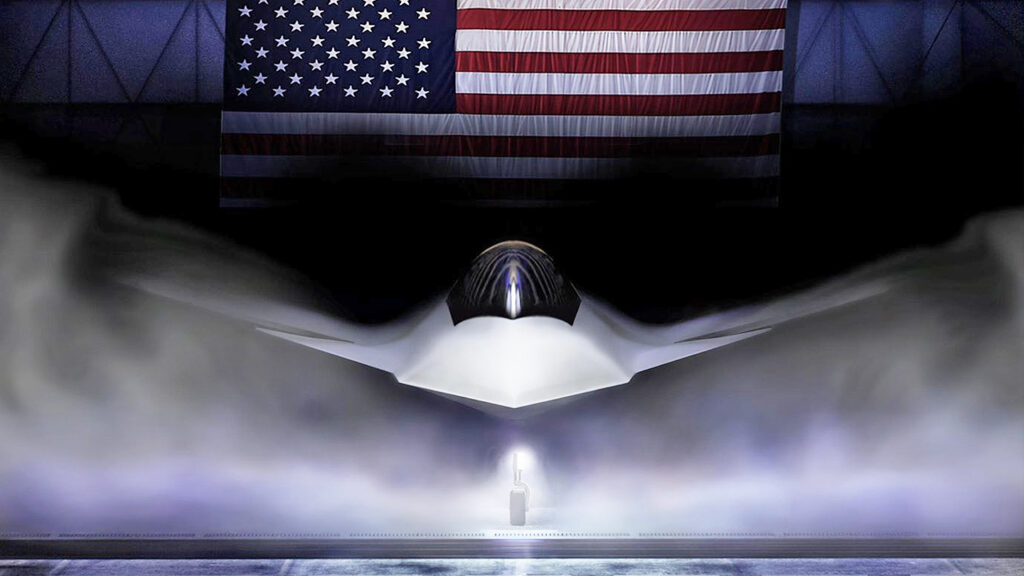
Boeing has managed to win the contract for America’s NGAD fighter
Sandboxx News
-

‘Sandboxx News’ Trucker Cap
$27.00 Select options This product has multiple variants. The options may be chosen on the product page -

‘AirPower’ Classic Hoodie
$46.00 – $48.00 Select options This product has multiple variants. The options may be chosen on the product page -

‘AirPower’ Golf Rope Hat
$31.00 Select options This product has multiple variants. The options may be chosen on the product page -

‘Sandboxx News’ Dad Hat
$27.00 Select options This product has multiple variants. The options may be chosen on the product page
